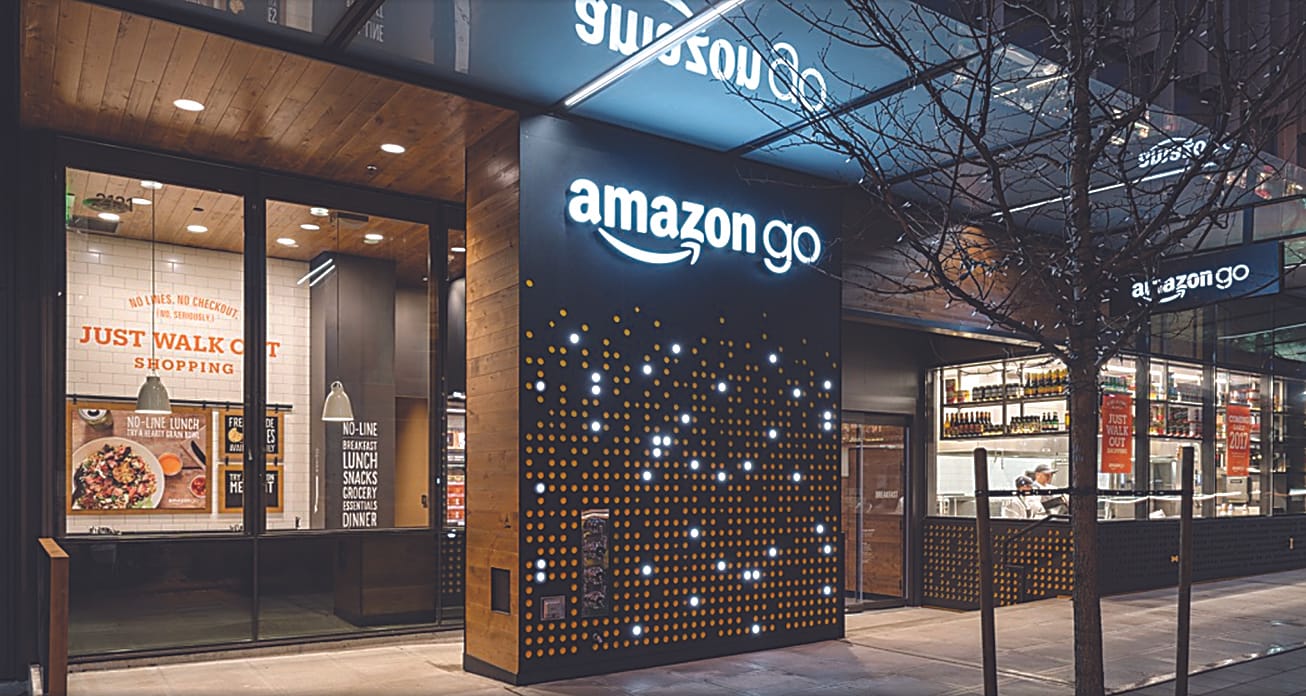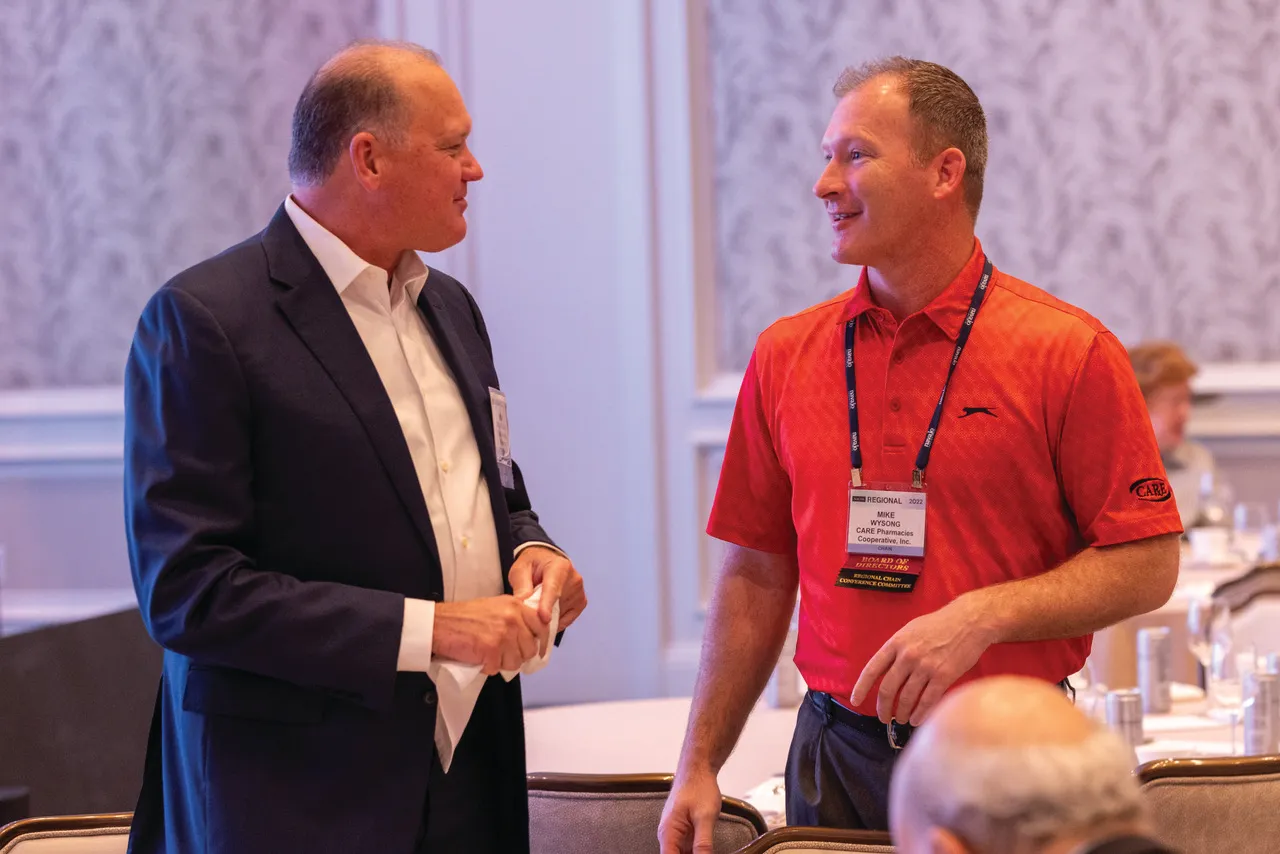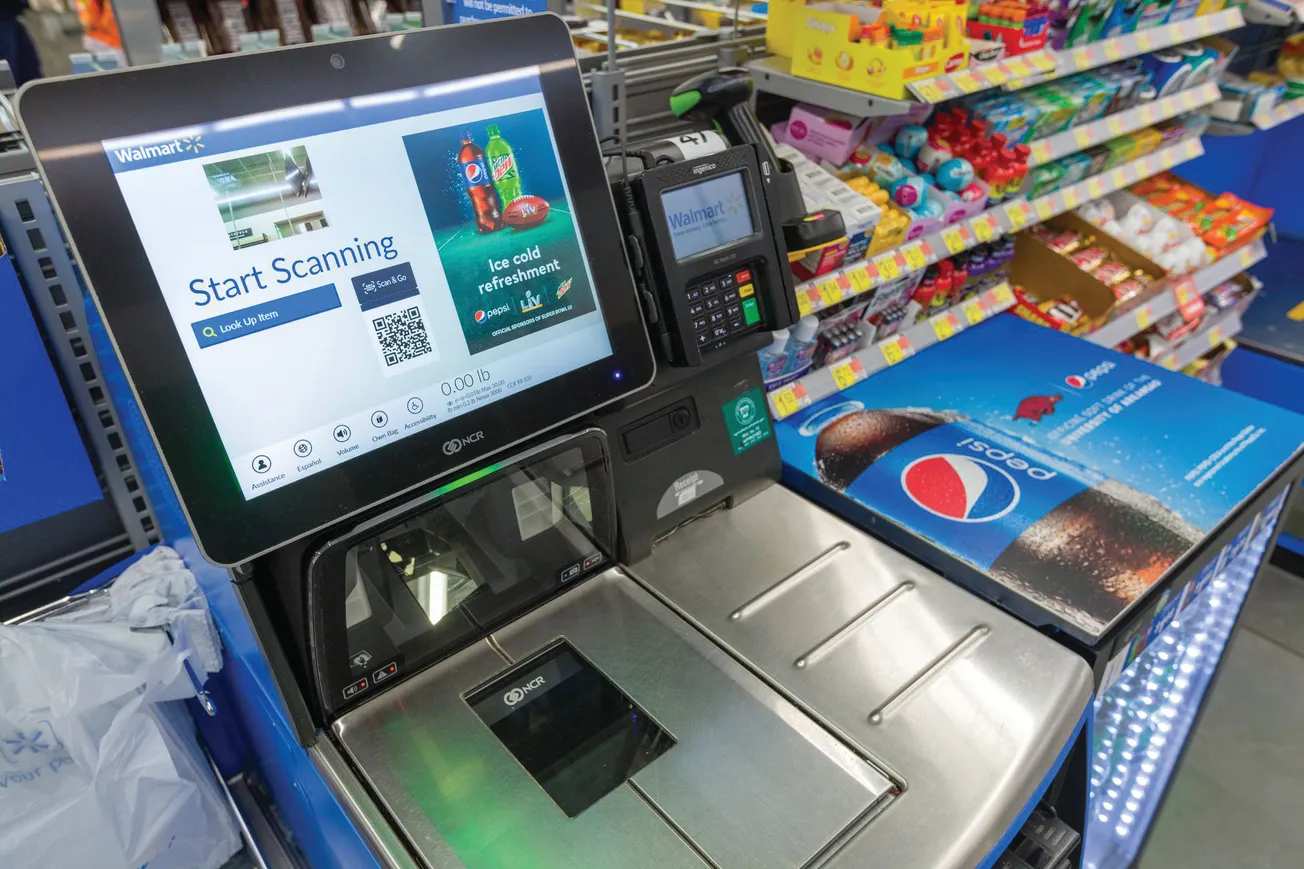Every for-profit business is in the business of serving customers. So, it stands to reason that we should all care about them and strive to serve them as well as we can. The better we are at meeting the needs of our customers, the more money they will spend with us and the less tempted they will be to buy from our competitors. But how do we best position ourselves to be able to understand our customers’ needs? How do we determine what products, services and experiences we will offer to meet those needs? The companies that do this best are those that are considered customer-centric. Are you and your organization appropriately customer-centric?

Tom Furphy
Researching across various sources, you can essentially boil the definition of customer-centricity down to the act of putting the customer at the forefront of every decision you make. A straightforward concept. One that is seemingly simple to embrace, yet not every company can exhibit at scale.
While the concept is easy to understand, it is challenging to implement. Even using the word “implement” is a disservice to what is required. It is not merely a program to roll out, but something that must be pervasive if it is to truly be at the forefront of every decision you make. In my experience, it comes down to a few key qualities that separate the companies that embody customer centricity from those who don’t.
• A front row seat at two of the best — Having worked in leadership roles for both Wegmans and Amazon, I was uniquely trained in what it means to be truly customer-centric across physical and digital experiences. In my time at both companies, we were led by chief executive officers who lived and breathed customer-centricity. Each played a key role in the founding and/or development of the company. They exuded customer-centricity by obsessing over customers’ challenges and the customer experience. They engrained this thinking into the team around them such that it became core to company culture. They applied this to both the details of the customer experience and toward larger customer-focused innovations.
In focusing on the details at Wegmans, Bob Wegman would regularly shop our stores, experiencing them as a customer. After a weekend in the stores, he would come into our Monday meetings with very specific feedback on elements of the experience from the length of checkout lines to the sweetness of the pizza sauce. The sentiment was not critical to the team but that we owed it to our customers. After thorough discussion, leadership brought these concerns to the team who would make adjustments, constantly tuning the elements of the experience.
At Amazon, Jeff Bezos would obsess over every detail of the customer experience, from website features to pricing to the delivery experience to the benefits of Prime and other services we offered. He would push the team to continually raise the bar in all these areas. In the early days he famously would leave one seat in a meeting empty to represent the customer. In all discussions, the customer’s perspective was to be heavily weighted.
As an example of larger initiatives, Danny Wegman, best known for his culinary innovations, also understood that families struggled to answer the simple question of “What’s for dinner tonight?” To help customers answer that question spawned many culinary and meal planning innovations. On the other side of the coin, Danny pushed us to consider how we could help customers in their challenges with obesity and diabetes. This led to us to an initiative to pursue diabetes care centers in our stores, leveraging the combined expertise of our pharmacists and nutritionists.
• The power of clear and complete articulation — At Amazon, new initiatives were kicked off with an internal press release before any work was performed. Writing the release forced discipline in completely thinking though the initiative, detailing its various elements and clearly defining the value it would bring to customers. Again, it was all about the customer! This complete thought and articulation was effective at getting internal groups aligned to play their part in building and delivering the solution.
For example, Prime Now, the company’s first foray into two-hour delivery, the press release described a service called Amazon Magic, which included a wide assortment of products at customers’ fingertips via a new app that can be easily discovered and ordered to be received in less than two hours. This approach of considering the end result up front inspired the app design, informed the configuration of the assortment to include items to be ordered for fast delivery, helped Amazon determine where to place facilities and how to configure them, and forced them to design a delivery system to be fast and effective.
From there, Amazon built out the elements of the service and tested it first in one market. They iterated on the experience, continually measuring its cost and impact. They then gradually expanded into other markets as they improved the service. It became a successful program that is now embedded in the Amazon experience and has set a new standard in fast e-commerce that is emulated by others today.

Wegmans and Amazon are well known for developing innovations ahead of customer demand because they have a culture and process for doing so. Either they focus on what customers are asking for or, better, they devise something that will wow them and have them ask how they ever got by without it. They clearly articulate the customer problem before starting the project, define the customer experience, prototype the solution, build it, test internally, iterate and expand.
• Give yourself a customer-centricity tune-up — In your company, how do you think about your customers in their daily lives? What are the problems that they grapple with? How can you help them? How can you be a meaningful solution to them that keeps them from going to your competition. How do you determine which solutions to build for them? How do you prioritize what to work on? And how do you measure success?
You can approach this via analyzing data that shows customer behavior, you can leverage market research or sponsor your own, you can run customer focus groups, and you can even ask your team as they spend time daily with customers and are customers themselves.
From this exercise, identify a set of problems, each with as much specificity as you can. Immerse yourself in the problem. Identify the largest pain and/or friction points. What would the world look like with these problems fixed? How much value would that bring to the customer? What would it unlock for them? Better health, freeing up time, more savings, peace of mind? How could technology solve that for them? Force yourself to write a press release that describes the new value you are opening for the shopper, including the problem, solution, underlying tech and the joy it will bring customers. It will not be easy. But forcing yourself to do so is a powerful exercise toward unlocking your own customer-centricity.
When these customer-centric initiatives lead to technology projects, you must then determine what gets on the road map, the extent you’ll use third-party service providers, and how the various initiatives are prioritized. Customer initiatives immediately compete with other projects that are often internally driven but appear to be very important. They also confront “we must do” projects that are viewed as essential in the buildout of your tech portfolio. Projects that will benefit customers need to have extra weight if you are to truly be customer-centric.
To help determine priority and improve performance, each initiative on the road map should have an accompanying set of targeted performance metrics. Customer success metrics might include such elements as incremental sales, sales per customer, incremental trips, basket size, category purchase range and customer satisfaction scores.
At Replenium, where we’ve been obsessed with improving routine shopping for customers and retailers, we’ve had a keen focus on increasing frequency, retention, basket size, category range and customer satisfaction. As we hit these metrics, we see customers spend roughly 40% incremental dollars with our retailers. This is a great example of continually innovating and improving the experience since our team first built Subscribe & Save at Amazon.
Based on my personal experiences at Wegmans, Amazon and now in technology companies, I’ve seen the power of customer-centricity. Going beyond words, it is a true obsession over innovating on behalf of customers, with an intense focus on improving their experiences — saving time, saving money, solving needs and giving them joy. Not every initiative will succeed, but most will if you instill the right discipline. When initiatives don’t hit the mark, trust that your customers will be thankful that you tried. When they do hit the mark, customers will thank you in droves with their loyalty.
Tom Furphy is chief executive officer and managing director of Consumer Equity Partners.









